What are the symptoms of a broken toe. Broken Toe: Symptoms, Treatment, and Recovery Guide
What are the common symptoms of a broken toe. How can you treat a broken toe at home. When should you seek medical attention for a toe injury. What is the typical recovery time for a broken toe. How can you prevent complications from a broken toe.
Recognizing the Signs of a Broken Toe
Identifying a broken toe can be challenging, as symptoms often overlap with those of a bruised toe. However, certain signs may indicate a fracture:
- Redness or bruising around the affected area
- Significant pain and swelling
- Difficulty walking or bearing weight on the injured foot
- Visible deformity or misalignment of the toe
- A snapping or popping sound at the time of injury
Is it possible to differentiate between a broken and bruised toe? While a definitive diagnosis often requires medical imaging, the severity and persistence of symptoms can provide clues. A broken toe typically causes more intense pain and swelling that lasts longer than a simple bruise.
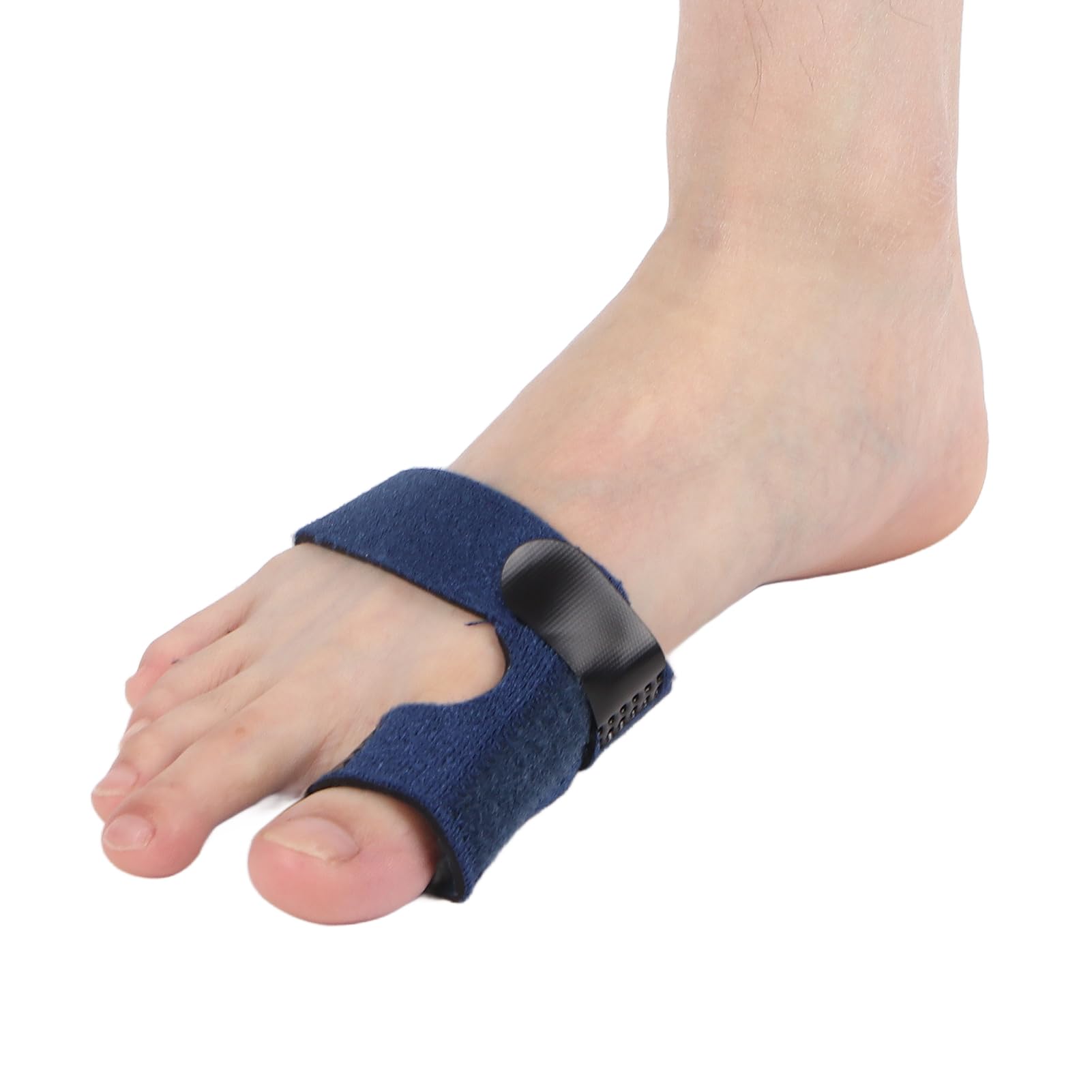
Home Treatment Options for a Broken Toe
In many cases, a broken toe can be effectively managed at home, especially if it’s not the big toe and there’s no severe misalignment or open wound. Here are some recommended steps for at-home care:
- Rest and elevate the affected foot to reduce swelling
- Apply ice packs wrapped in a towel for 15-20 minutes every few hours
- Take over-the-counter pain relievers like ibuprofen or paracetamol
- Wear comfortable, wide shoes with low heels
- Buddy tape the injured toe to an adjacent healthy toe for support
How long should you continue these home treatments? Generally, it’s advisable to follow these measures for at least 2-3 weeks or until pain and swelling significantly subside. However, if symptoms persist or worsen, consult a healthcare professional.
When to Seek Medical Attention for a Toe Injury
While many broken toes can be treated at home, certain circumstances warrant immediate medical attention:
- Injury to the big toe
- Visible bone protrusion or severe misalignment
- Open wounds or cuts associated with the injury
- Numbness or tingling in the toe or foot
- Severe pain that doesn’t improve with home treatment
- Signs of infection, such as fever or increased redness and warmth
Should you go to the emergency room for a broken toe? If you experience any of the above symptoms, particularly if they involve the big toe or are accompanied by severe pain or deformity, it’s advisable to seek immediate medical care at an emergency room or urgent care center.

The Recovery Process: What to Expect
Healing time for a broken toe can vary depending on the severity of the fracture and which toe is affected. Typically, recovery follows this timeline:
- 2-3 weeks: Pain and swelling should start to subside
- 4-6 weeks: Most simple fractures heal
- 6-8 weeks: Return to normal activities for most individuals
- Several months: Complete healing for more severe fractures
Does the healing process differ for various toes? Yes, the big toe often takes longer to heal due to its importance in walking and balance. Fractures in smaller toes may heal more quickly but still require proper care to ensure correct alignment.
Promoting Faster Healing
To support the recovery process and potentially speed up healing, consider these strategies:
- Maintain a nutritious diet rich in calcium and vitamin D
- Avoid smoking, as it can impair bone healing
- Follow your doctor’s instructions regarding rest and activity levels
- Engage in gentle exercises as recommended by a healthcare professional
- Keep the affected foot elevated when resting
Complications and Long-Term Effects of Broken Toes
While most broken toes heal without significant complications, some potential long-term effects may occur:

- Chronic pain or stiffness in the affected toe
- Arthritis developing in the injured joint
- Deformity if the fracture heals improperly
- Nerve damage leading to numbness or tingling
Can a broken toe lead to permanent mobility issues? In most cases, properly treated broken toes do not result in long-term mobility problems. However, severe fractures or those that heal incorrectly may cause ongoing discomfort or affect gait.
Preventing Complications
To minimize the risk of long-term complications, follow these guidelines:
- Seek prompt medical attention for severe injuries
- Adhere to the recommended treatment plan
- Avoid returning to strenuous activities too soon
- Wear proper footwear during the healing process
- Attend follow-up appointments as scheduled
Prevention Strategies: Protecting Your Toes from Injury
While accidents happen, several measures can help reduce the risk of toe injuries:
- Wear properly fitting shoes with adequate toe protection
- Use steel-toed boots in hazardous work environments
- Remove tripping hazards from your living space
- Be cautious when moving heavy objects
- Strengthen foot and ankle muscles through targeted exercises
Are certain activities more likely to result in toe injuries? Sports involving quick direction changes or potential impact to the feet, such as soccer or basketball, carry a higher risk of toe injuries. Taking appropriate precautions, like wearing proper footwear and using protective gear, can help mitigate these risks.

Special Considerations for Diabetic Patients
Individuals with diabetes require extra caution when dealing with toe injuries due to potential complications:
- Reduced sensation in the feet may mask injury symptoms
- Impaired circulation can slow the healing process
- Increased risk of infection due to compromised immune function
- Greater likelihood of developing ulcers or other wound complications
Why is prompt medical attention crucial for diabetic patients with toe injuries? Due to the increased risk of complications, diabetic individuals should seek medical evaluation for any foot injury, no matter how minor it may seem. Early intervention can prevent serious issues like infections or non-healing wounds.
Diabetic Foot Care Tips
To protect against toe injuries and their complications, diabetic patients should:
- Perform daily foot inspections for cuts, bruises, or changes in appearance
- Wear comfortable, well-fitting shoes that protect the feet
- Keep blood sugar levels under control to support healing
- Seek immediate medical attention for any foot injuries or concerns
- Maintain regular check-ups with a podiatrist or foot care specialist
The Role of Physical Therapy in Broken Toe Recovery
While not always necessary for minor fractures, physical therapy can play a crucial role in recovering from more severe broken toes:
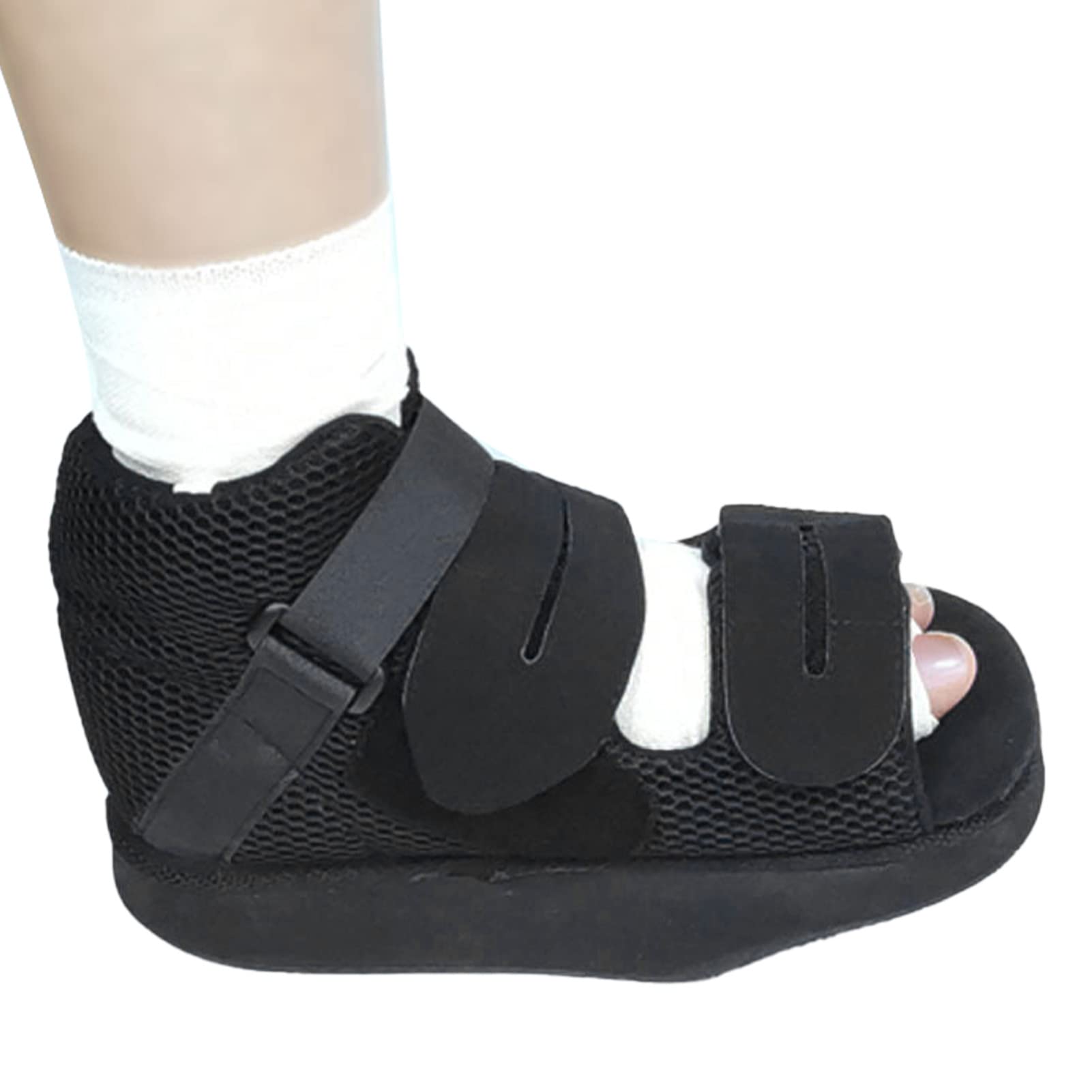
- Restoring range of motion in the affected joint
- Strengthening foot and toe muscles
- Improving balance and coordination
- Addressing any gait abnormalities that developed during healing
- Providing guidance on proper footwear and injury prevention
When should physical therapy be considered for a broken toe? Physical therapy is often recommended for complex fractures, injuries to the big toe, or cases where healing has resulted in stiffness or mobility issues. Your healthcare provider can advise if physical therapy would be beneficial in your specific case.
Common Physical Therapy Exercises for Toe Injuries
While specific exercises should be tailored to individual needs, some common physical therapy interventions for broken toes include:
- Toe flexion and extension exercises
- Marble pickup exercises to improve dexterity
- Towel scrunches to strengthen foot muscles
- Balance exercises on uneven surfaces
- Gentle stretching to improve flexibility
Physical therapy not only aids in recovery but can also help prevent future injuries by addressing any underlying biomechanical issues or muscle imbalances.

Understanding X-rays and Imaging for Toe Injuries
While not always necessary, imaging tests can provide valuable information about toe injuries:
- X-rays: The most common imaging test for suspected fractures
- CT scans: Provide detailed 3D images for complex fractures
- MRI: Useful for assessing soft tissue damage or stress fractures
- Ultrasound: Can help diagnose soft tissue injuries or fluid accumulation
Are X-rays always needed to diagnose a broken toe? Not necessarily. In many cases, healthcare providers can diagnose a broken toe based on symptoms and physical examination. However, X-rays may be ordered if there’s uncertainty about the diagnosis or to guide treatment for more complex injuries.
Interpreting Imaging Results
When imaging is performed, healthcare providers look for several key factors:
- Presence and location of any fracture lines
- Alignment of bone fragments
- Signs of joint involvement
- Evidence of previous injuries or arthritis
- Indications of soft tissue damage
Understanding these imaging results helps healthcare providers determine the most appropriate treatment plan and predict the likely course of recovery.
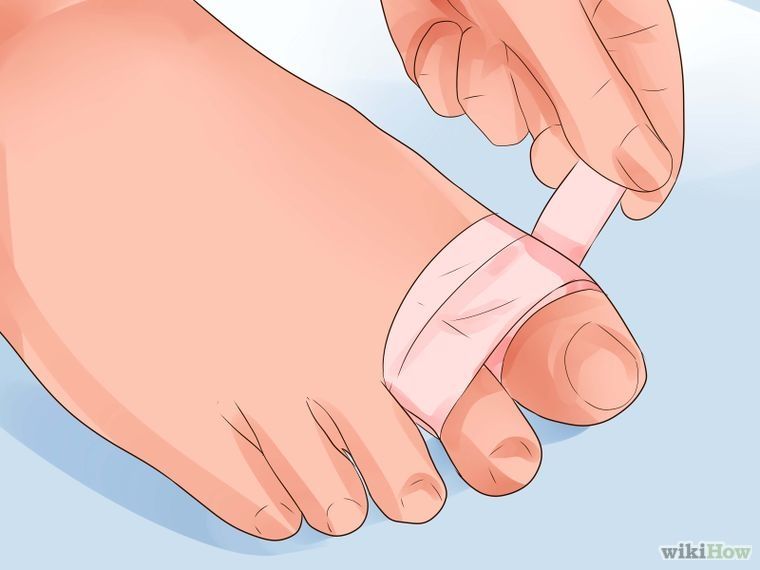
The Impact of Footwear on Toe Health and Recovery
Proper footwear plays a crucial role in both preventing toe injuries and supporting recovery:
- Wide toe boxes reduce pressure on the toes
- Adequate cushioning absorbs shock during walking
- Proper arch support promotes overall foot health
- Breathable materials help prevent moisture buildup
- Adjustable closures accommodate swelling during healing
How does footwear affect the healing process of a broken toe? Wearing appropriate shoes during recovery can reduce pain, prevent further injury, and support proper alignment of the healing bone. Conversely, ill-fitting or unsupportive shoes may prolong recovery or lead to complications.
Choosing the Right Shoes After a Toe Injury
When selecting footwear during recovery from a broken toe, consider these factors:
- Opt for shoes with a wide, deep toe box
- Choose styles with adjustable closures to accommodate swelling
- Look for shoes with firm soles to limit toe bending
- Avoid high heels and shoes that put pressure on the toes
- Consider using orthopedic or post-operative shoes as recommended by your healthcare provider
Proper footwear not only supports healing but also helps prevent future injuries by promoting overall foot health and proper biomechanics.
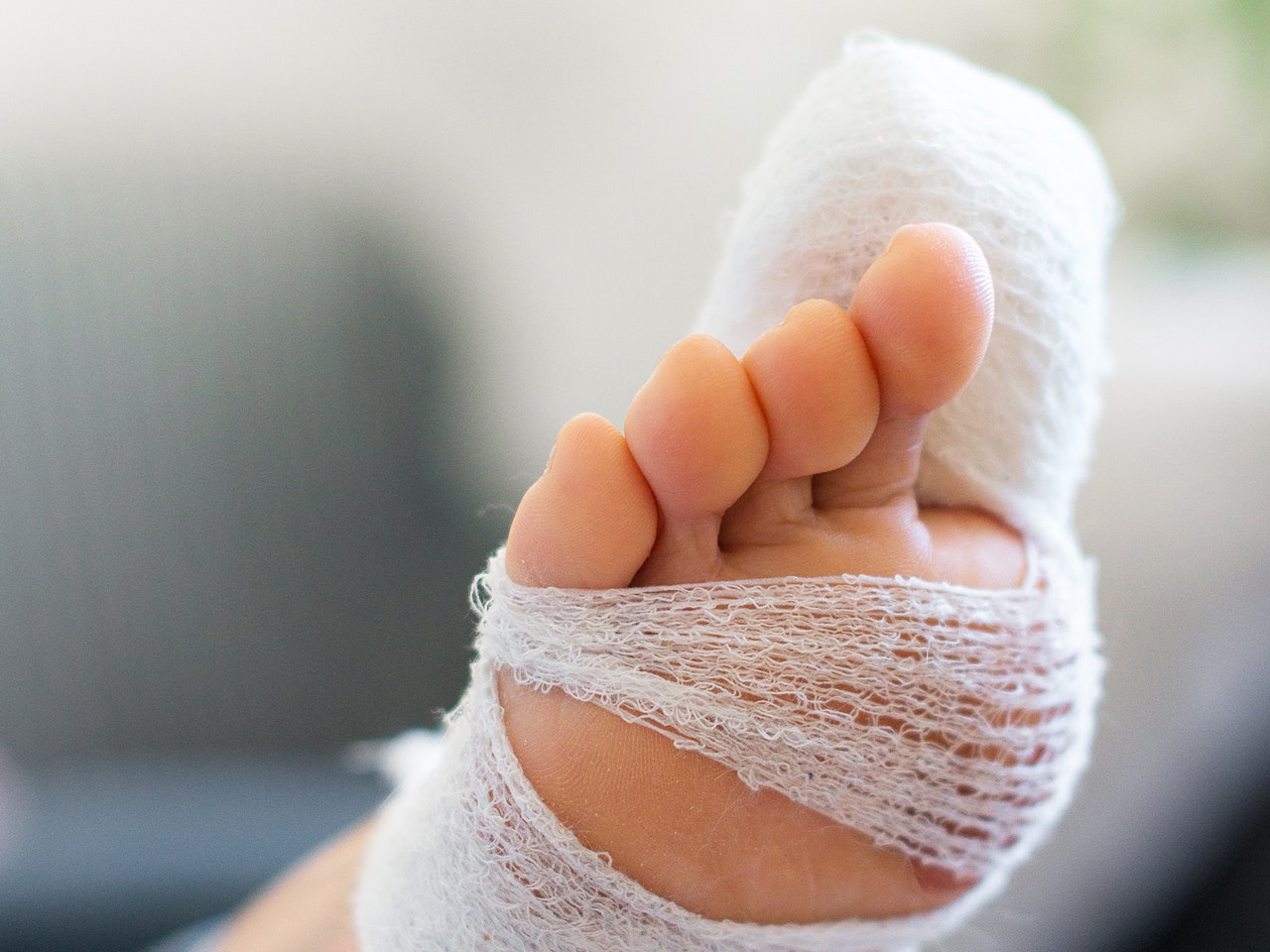
Alternative and Complementary Therapies for Toe Injuries
While conventional medical treatments form the cornerstone of broken toe care, some individuals may explore complementary approaches:
- Acupuncture for pain management
- Herbal remedies to support healing and reduce inflammation
- Massage therapy to improve circulation and reduce swelling
- Aromatherapy for relaxation and stress reduction
- Nutritional supplements to support bone health
Can alternative therapies replace conventional treatments for broken toes? It’s important to note that while some complementary therapies may offer benefits, they should not replace standard medical care for broken toes. Always consult with your healthcare provider before incorporating alternative treatments into your recovery plan.
Potential Benefits and Risks
When considering alternative therapies, it’s crucial to weigh potential benefits against risks:
- Some therapies may help manage pain and reduce reliance on medication
- Certain approaches can support overall well-being during recovery
- Alternative treatments may interact with conventional medications
- Delaying proper medical care in favor of alternative therapies can lead to complications
- The effectiveness of many alternative treatments for broken toes lacks robust scientific evidence
While some individuals find value in complementary approaches, it’s essential to approach them as additions to, rather than replacements for, evidence-based medical care.

Broken toe – NHS
A broken toe can be painful, but you do not usually need to go to hospital. There are things you can do to treat it at home.
Check if you have a broken toe
You may have broken your toe if it’s:
- red or bruised
- painful and swollen
- difficult to walk on
Information:
Do not worry if you’re not sure if it’s broken or just bruised, treatment is usually the same for both.
Urgent advice: Get help from NHS 111 if:
- you have a bad cut or wound after injuring your toe
- you have severe toe pain
- your child has hurt or broken their toe
You may need further treatment in hospital, such as a boot, cast or surgery.
You can call 111 or get help from 111 online.
You could also go to your nearest urgent treatment centre.
What we mean by severe pain
- Severe pain:
- always there and so bad it’s hard to think or talk
- you cannot sleep
- it’s very hard to move, get out of bed, go to the bathroom, wash or dress
- Moderate pain:
- always there
- makes it hard to concentrate or sleep
- you can manage to get up, wash or dress
- Mild pain:
- comes and goes
- is annoying but does not stop you doing daily activities
Immediate action required: Go to A&E if:
- you think you have broken your big toe
- your toe is pointing out at an odd angle
- the bone is sticking out of your toe
- there was a snap, grinding or popping noise at the time of injury
- you feel tingling in your toe or foot or it feels numb
If you cannot get to A&E by yourself, call 999 for an ambulace.
What you can do about a broken toe
Doctors will usually suggest you treat a broken toe at home first if:
- it’s not your big toe
- the bone is not sticking out of your foot
- your toe is not pointing at an odd angle
- there’s no wound on your toe
Broken toes usually heal within 4 to 6 weeks, but it can sometimes take several months.
Do
take ibuprofen or paracetamol for the pain and swelling
rest your foot and keep it raised
hold an ice pack (or a bag of frozen peas) wrapped in a towel on your toe for up to 20 minutes every few hours
wear wide, comfortable shoes with a low heel
avoid walking around as much as possible
strap up your broken toe – put a small piece of cotton wool or gauze between your sore toe and the toe next to it, then tape them together to support the sore toe
Don’t
do not strap up your toe if it’s pointing out at an odd angle or you have hurt your big toe – get medical advice
do not put ice directly on your skin
do not walk or stand for long periods
do not wear tight, pointy shoes
do not play any sports like football, rugby or hockey for 6 weeks or until the pain eases
do not try to treat your child’s toe – take them to an urgent treatment centre or A&E
A pharmacist can help with a broken toe
You can ask a pharmacist about:
- the best painkiller to take
- what you need to strap up your toe
- if you need to see a GP
Non-urgent advice: See a GP if:
- pain and swelling has not started to ease 2 to 3 days after you injured your toe
- it still hurts to walk 6 weeks after injuring your toe
- you have diabetes and have injured your toe – foot problems can be more serious if you have diabetes
They may send you for an X-ray to see if you need any further treatment.
Page last reviewed: 06 May 2022
Next review due: 06 May 2025
Broken Toe: Symptoms, Recovery, and More
We include products we think are useful for our readers. If you buy through links on this page, we may earn a small commission Here’s our process.
Healthline only shows you brands and products that we stand behind.
Our team thoroughly researches and evaluates the recommendations we make on our site. To establish that the product manufacturers addressed safety and efficacy standards, we:
- Evaluate ingredients and composition: Do they have the potential to cause harm?
- Fact-check all health claims: Do they align with the current body of scientific evidence?
- Assess the brand: Does it operate with integrity and adhere to industry best practices?
We do the research so you can find trusted products for your health and wellness.
Read more about our vetting process.
Was this helpful?
Learning to recognize the symptoms and treatment of a broken toe is important. If a broken toe is left untreated, it can lead to problems that may affect your ability to walk and run.
If you’ve ever stubbed your toe hard, the immediate, severe pain can leave you wondering if your toe is broken. In many cases, the injury winds up being a sprain. This is painful, but it means the bone itself is still intact.
If the toe bone breaks into one or more pieces, then you have a broken toe.
A poorly treated broken toe may also leave you in a lot of pain.
Throbbing pain in the toe is the first sign that it may be broken. You may also hear the bone break at the time of injury. A broken bone, also called a fracture, may also cause swelling at the break.
If you’ve broken your toe, the skin near the injury may looked bruised or temporarily change color. You’ll also have difficulty putting any weight on your toe. Walking, or even just standing, can be painful. A bad break can also dislocate the toe, which can cause it to rest at an unnatural angle.
A bad break can also dislocate the toe, which can cause it to rest at an unnatural angle.
A sprained toe shouldn’t look dislocated. It will still swell, but will likely have less bruising. A sprained toe may be painful for several days, but should then begin to improve.
One other key difference between a break and a sprain is the location of the pain. Usually a break will hurt right where the bone has fractured. With a sprain, the pain may be felt in a more general area around the toe.
The only way to tell for sure if the injury is a break or a sprain is to see your doctor. They can examine your toe and determine the type of injury.
The two most common causes of a broken toe are stubbing it into something hard or having something heavy land on it. Going barefoot is a major risk factor, especially if you’re walking in the dark or in an unfamiliar environment.
If you carry heavy objects without proper foot protection, such as thick boots, you’re also at a higher risk for a broken toe.
A broken toe can usually be diagnosed with the use of an X-ray. If the pain and discoloration don’t ease up after a few days, you should definitely see your doctor.
A broken toe that doesn’t heal properly could lead to osteoarthritis, a painful condition that causes chronic pain in one or more joints.
Your doctor will examine your toe and ask for your medical history. Tell your doctor as many details as you can about the injury and your symptoms. Be sure to tell your doctor if you notice a loss of feeling or tingling in your toe. This could be a sign of nerve damage.
If there’s a chance the toe is broken, your doctor will likely want to get one or more X-rays of the injured toe. Getting images from different angles is important to understand the extent of the break.
Information from the X-ray will also help your doctor decide whether surgery is necessary.
With most cases of a broken toe, there’s little your doctor can do. It’s mostly up to you to rest your toe and keep it stable.
Even before you know whether your toe is broken, you should ice the injured toe and keep it elevated. You may also take over-the-counter painkillers, such as acetaminophen (Tylenol), ibuprofen (Advil, Motrin), or naproxen (Aleve).
If you have surgery to repair the toe, your doctor may prescribe stronger pain medicines.
Splinting your toe
Typical treatment for a broken toe is called “buddy taping.” This involves taking the broken toe and carefully securing it to the toe next to it with medical tape. Usually, a gauze pad is placed between the toes to prevent skin irritation.
The non-broken toe is basically used as a splint to help keep the broken toe from moving too much. By taping the broken toe to its neighbor, you give the injured toe the support it needs to begin healing.
Surgery and additional treatment options
More serious breaks may require additional treatment. If you have bone fragments in the toe that need to heal, taping may not be enough.:max_bytes(150000):strip_icc()/talus-fractures-2549436_final-3b5774c8102f4aa58615e0df5e2af0f7.png)
You may be advised to wear a walking cast. This helps keep the injured toe stable while also giving your foot enough support to reduce some of the pain you may have while walking.
In very serious cases, surgery may be necessary to reset the broken bone or bones. A surgeon can sometimes put a pin or a screw into the bone to help it heal properly. These pieces of hardware will remain in the toe permanently.
Your toe is likely to be tender and swollen, even after a few weeks. You’ll likely need to avoid running, playing sports, or walking long distances for one to two months after your injury.
Recovery time can be longer if the break is in one of the metatarsals. The metatarsals are the longer bones in the foot that connect to the phalanges, which are the smaller bones in the toes.
Your doctor can give you a good estimate of recovery time based on the severity and location of your injury. A mild fracture, for example, should heal faster than a more severe break.
With a walking cast, you should be able to walk and resume most non-strenuous activities within a week or two after injuring your toe. The pain should diminish gradually if the bone is healing properly.
If you feel any pain in your broken toe, stop the activity that’s causing the pain and tell your doctor.
The key to a good outcome is following through on your doctor’s advice. Learn how to tape your toe properly so you can change the tape regularly.
Carefully try to put more pressure on your broken toe each day to see how it’s recovering. Take any slight improvements in pain and discomfort as signs that your injury is healing.
Here are some things you can do to improve your recovery.
Footwear
You may temporarily need a bigger or wider shoe to accommodate your swollen foot. Consider getting a shoe with a hard sole and a lightweight top that will put less pressure on the injured toe, but still provide plenty of support.
Velcro fasteners that you can easily adjust can provide additional comfort.
Ice and elevation
Continue to ice and elevate your foot if your doctor recommends it. Wrap the ice in a cloth so that it doesn’t come into direct contact with your skin.
Take it slow
Ease back into your activities, but listen to your body. If you sense that you’re putting too much weight or stress on the toe, back off. It’s better to have a longer recovery and avoid any painful setbacks than to rush back into your activities too quickly.
What to do if you break your toe? – useful articles from specialists
Any fracture can have unpleasant consequences, even if we are talking about a broken toe. Knowing what to do when you break your toe can help you navigate a difficult situation. Read our first aid tips – and you will have a clear idea of how to diagnose a fracture (let’s talk about its characteristic signs and symptoms), how it can be cured.
A broken toe requires immediate medical attention. Its treatment is long and complex. If you want to avoid a number of inconveniences (for example, difficulty in movement due to improperly fused bone), you need to learn how to determine the presence of a fracture in a timely manner. Improper treatment can cause loss of the former shape and flexibility of the limb. Therefore, at the first suspicion of a fracture, it makes sense to consult a doctor.
If you want to avoid a number of inconveniences (for example, difficulty in movement due to improperly fused bone), you need to learn how to determine the presence of a fracture in a timely manner. Improper treatment can cause loss of the former shape and flexibility of the limb. Therefore, at the first suspicion of a fracture, it makes sense to consult a doctor.
Broken toe: causes and symptoms
Most often, the phalanges of the fingers are injured when an object that is too heavy falls, due to a strong blow or accidental twisting of the leg. In some cases, fractures occur due to diseases such as osteomyelitis (bone infection), diabetes, cancer, osteoporosis.
Most fractures are stressful: a microcrack occurs that does not cause a rupture of the skin or displacement of the bones. Less commonly, comminuted fractures occur: the bone breaks in several places. Diagnosing an open fracture is easy: you will see the bones sticking out. Proper assessment of the severity of the injury allows the appropriate treatment to be determined.
The main symptoms of a broken toe include:
- visible swelling;
- unbearable pain;
- deformity of the phalanx;
- bruising, bruising;
- crunching when trying to move the leg;
- tingling, cooling, numbness;
- open wound with bleeding.
Having broken the thumb, a person cannot fully walk, because it is this finger that accounts for most of the body weight. A broken little finger does not make a person unable to walk. But in both cases, the pain will be palpable.
What complications are possible after a broken toe?
Do not think that a finger phalanx injury is a trifle. A number of problems arise after an injury. In the presence of a hematoma, removal of the nail is possible. In case of improper tissue fusion, surgical intervention is required: an osteotomy is performed to eliminate the deformation of the joints and bones.
In addition, there is a risk of infection if there is inflamed skin near a broken finger. The presence of redness, swelling, pus, as well as the softness of the tissues and fever are evidence of infection. In this case, antibiotics are indispensable.
The presence of redness, swelling, pus, as well as the softness of the tissues and fever are evidence of infection. In this case, antibiotics are indispensable.
In order to avoid the consequences of a fracture, you need to seek medical help from qualified specialists. Diagnosis and treatment of injured limbs is carried out not only by chiropractors and orthopedists, but also by osteopaths and physiotherapists. Specialists make diagnoses after examination and examination of x-rays. In some cases, computed tomography, MRI, ultrasound, bone scans are required.
Features of the treatment of broken toes
If we are talking about a stress fracture, then the first thing you will need to do is stop any activity, apply an ice compress to the damaged area (it will reduce inflammation and stop internal bleeding). Ice should be applied for 10-12 minutes every hour. Experts recommend keeping the injured limb elevated, it can be put on a roller from a blanket or pillow.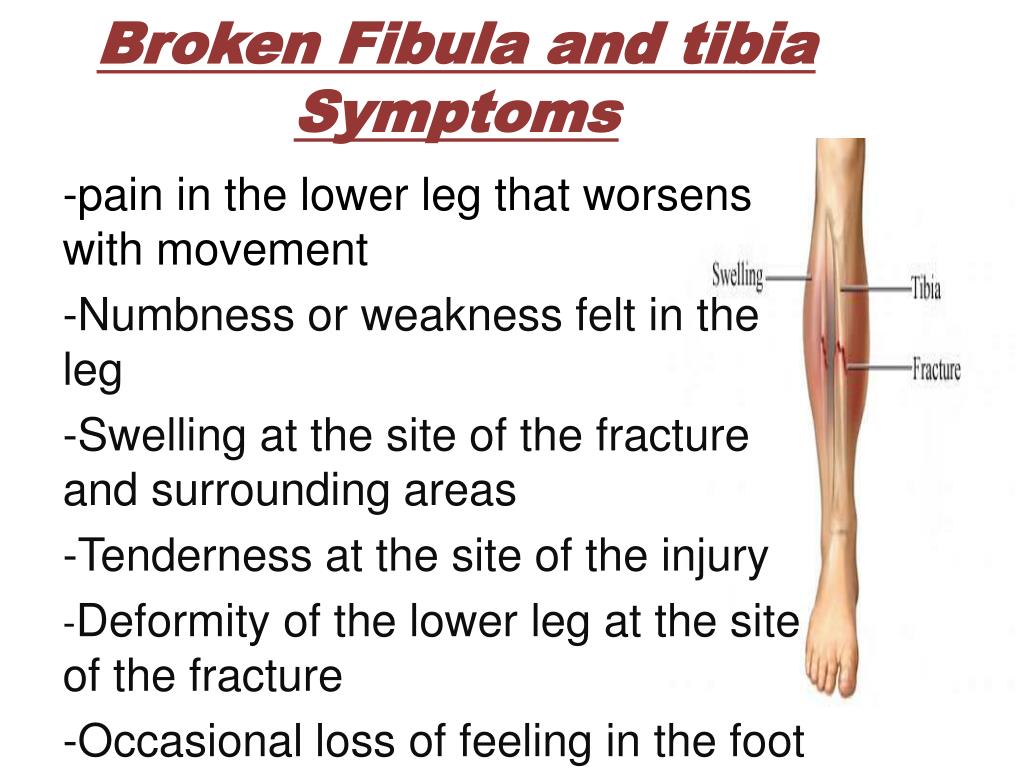 Be sure to bandage the broken finger, connecting it to the adjacent one. For this, a regular medical waterproof bandage is suitable. The family doctor will recommend anti-inflammatory drugs. The next 5-6 days you will have to walk in shoes with a free toe.
Be sure to bandage the broken finger, connecting it to the adjacent one. For this, a regular medical waterproof bandage is suitable. The family doctor will recommend anti-inflammatory drugs. The next 5-6 days you will have to walk in shoes with a free toe.
With an open fracture, the help of an orthopedic surgeon is required. He will reduce the broken finger and apply a splint. You will need to use crutches for about 2 weeks. For walks, you will need to purchase special orthopedic shoes. Anyone who wants to quickly recover from a fracture should eat foods that are rich in vitamins, minerals, magnesium, calcium, and boron.
Important point! Doctors almost always recommend a tetanus shot if you have an open wound.
Practice shows that the healing of broken fingers takes about 1.5 months. If during this period the problem is not solved, the doctor will take new x-rays and adjust the treatment. Only an expert can qualitatively assess the degree of bone healing.
Despite the fact that the fractures in question heal easily, the consequences should not be forgotten. You don’t want to get arthritis, do you? Do you want to be disabled? At the slightest injury, immediately consult a doctor.
Fracture of the big toe – how to determine the main symptoms and first aid
Fracture of the big toe is a fairly common injury that a person can get while playing sports, at work, walking and even at home. Pain sensations differ from the severity of the injury and its size. For example, if we are talking about a fracture of only one nail phalanx, then it is quite easy to overlook it or even confuse it with an ordinary bruise. And precisely because of the latter, a slight fracture can lead to quite serious consequences and improper fusion. We strongly recommend that, after a strong blow or injury, you can contact a medical center to rule out a fracture or start its immediate treatment.
Signs of a broken toe
Depending on the location and severity of the fracture, symptoms can vary greatly.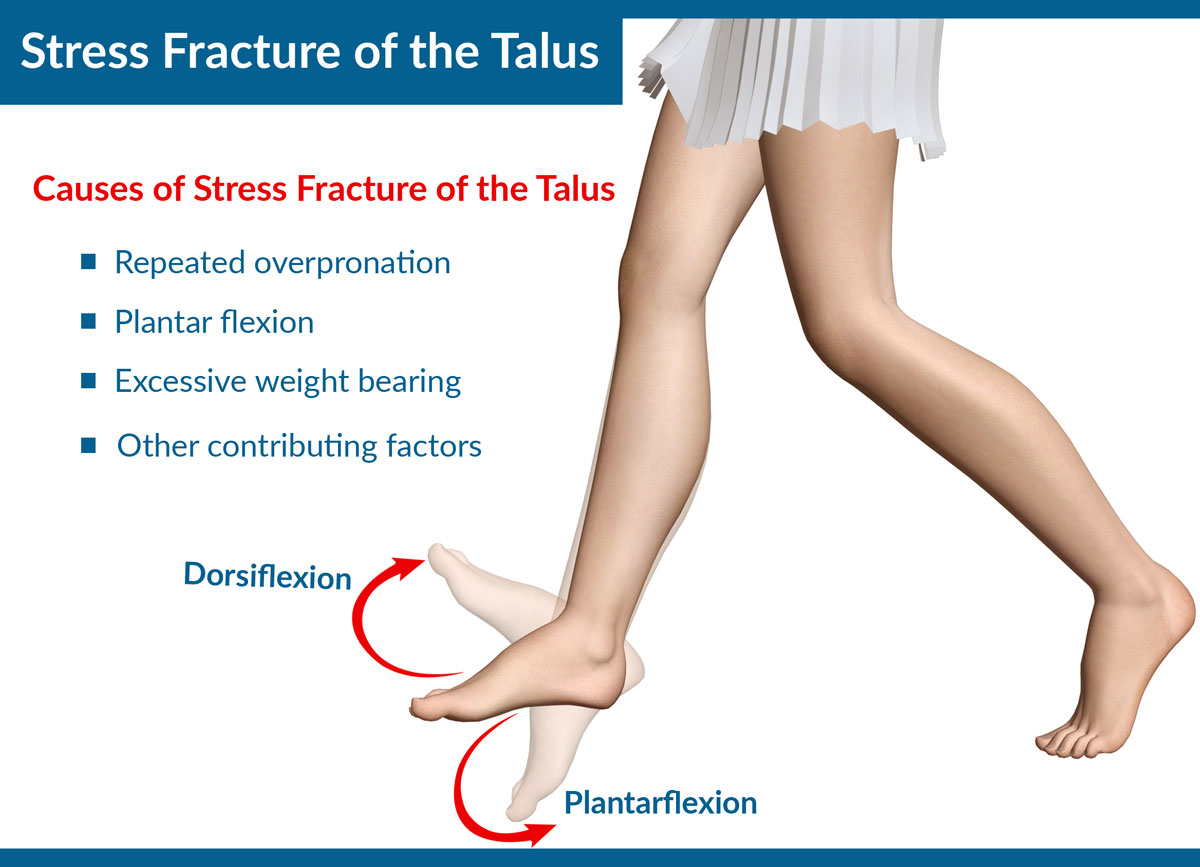 With a crack in the phalanx, pain is practically not felt, and the victim may not even be aware of the problem, very often the bone grows without plaster and fixation. When the first phalanx of the finger is fractured, severe, aching pain is felt.
With a crack in the phalanx, pain is practically not felt, and the victim may not even be aware of the problem, very often the bone grows without plaster and fixation. When the first phalanx of the finger is fractured, severe, aching pain is felt.
When the toes are fractured, the general symptoms are as follows:\
- a hematoma forms at the fracture site;
- possible hemorrhage;
- the skin turns dark blue, the skin swells around the damaged bone;
- severe and sharp pain on any attempt to touch or move a finger;
- unnatural mobility of the injured finger;
- inability to lean on the affected leg;
- immobility or partially limited movement of the finger;
- fever and redness at the site of localization;
- with a fragmental fracture, shortening of the finger is possible;
- with an open fracture, a wound with bone fragments;
- marked twitching or throbbing of the finger.
On physical examination, crunching of bone fragments is observed if a short time has passed since the injury. The crunch is the result of broken bones rubbing against each other. Finger fractures are combined with damage to the ligamentous apparatus, sprain and dislocation of the phalangeal joints.
The crunch is the result of broken bones rubbing against each other. Finger fractures are combined with damage to the ligamentous apparatus, sprain and dislocation of the phalangeal joints.
How to distinguish a possible bruise from a fracture
A bruise or a fracture can be determined by several parameters:
- Pain syndrome features.
- Finger movement.
- Skin color at the site of swelling (contusion).
- Presence of hemorrhage.
- Phalanx shape.
The clinical picture of a finger injury is as follows:
- The victim has a sharp pain, which begins to subside with time. The nature of the pain is “aching”. Using a cold compress can speed up the process of relieving pain symptoms.
- When bruised, the finger is not deformed. Immediately after the bruise, all movements are accompanied by sharp pain (pulsation is possible), as the pain subsides, the motor activity of the finger is gradually restored.

- Depending on the nature of the bruise, the color of the skin at the site of injury may be dark red, pink, pale pink. Puffiness may appear immediately, after a day or not at all. The blood at the site of the bruise spreads diffusely (scattered), a bruise may appear.
How to diagnose a finger fracture
- On palpation, the pain increases sharply and does not go away for a long time (an hour or two).
- With a fracture, there is a sharp pain that can radiate to the nearest parts of the foot. Deformation of the phalanx, unnatural position of the finger. Bloating and strong (acute) throbbing at the fracture site.
- With a fracture, the victim cannot move the injured finger. At any attempt to stand on a sore leg, the patient experiences acute pain. To relieve pain symptoms, the affected finger is fixed in one position.
- Hemorrhages form under the nail, hematoma and edema appear, the skin becomes cyanotic.
First aid for a broken finger
If you have symptoms that indicate a possible fracture, there is no need to panic in the first place.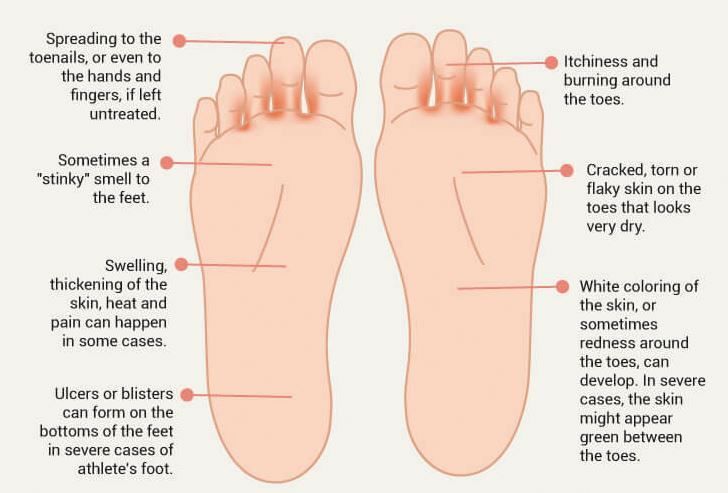 First of all, you should call an emergency ambulance. Prior to the arrival of a physician, all the efforts of the victim should be aimed at stopping the bleeding (with an open fracture), fixing the limb and anesthesia of the injury site. To prevent negative consequences, the following rules must be observed:
First of all, you should call an emergency ambulance. Prior to the arrival of a physician, all the efforts of the victim should be aimed at stopping the bleeding (with an open fracture), fixing the limb and anesthesia of the injury site. To prevent negative consequences, the following rules must be observed:
- even in the absence of severe symptoms, you should not refuse to consult your doctor;
- limb fixation is one of the main stages of effective treatment;
- a broken finger must not touch foreign objects;
- fractures without displacement may not be fixed until the ambulance arrives;
- pain syndrome can be removed with the help of nimesil, analgin and ibuprofen;
- cold compress is another effective way to relieve pain.
It is important to note that when applying an ice pack, keep the compress for no more than 10 minutes to prevent possible frostbite. Repeated procedure is possible after a 3-4 minute break. Even if a fracture is suspected, experts recommend immediately contacting a specialized medical institution for qualified help.
Even if a fracture is suspected, experts recommend immediately contacting a specialized medical institution for qualified help.
Treatments for broken fingers
| Name | Description |
| Closed reduction | This method is used for a closed fracture and no displacement. Antiseptic agents are applied to the injured finger, after which the doctor returns the finger to its normal position by mechanical action (pulling). A significant disadvantage of this method is the need to repeat this procedure. |
| Skeletal traction | This method is used for a displaced fracture. This procedure requires a metal wire, which is passed through the finger with a small load, which allows the bones to be in a normal position. At the end of the procedure, the doctor performs immobilization. |
| Open methods | The surgeon performs osteosynthesis. Fixes bone fragments with special metal elements. |

